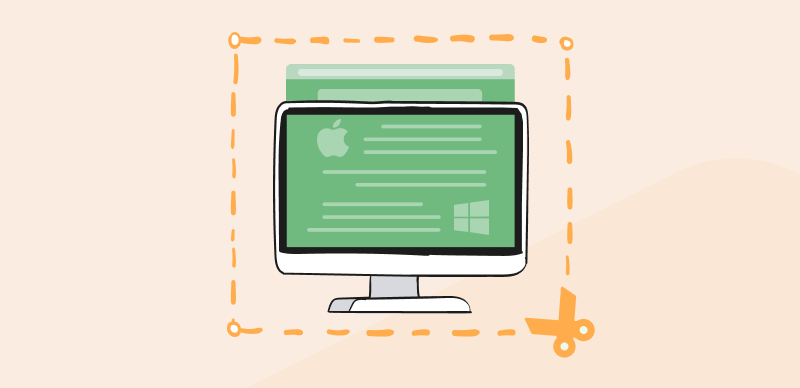Laptops have revolutionized our lives with their portability and versatility. They have become essential tools for professionals, students, and individuals across different domains. Laptops enable users to record presentations and display them on external monitors. However, despite their many advantages, some users have encountered difficulties achieving a full-screen display on connected monitors since the release of Windows 11.
The frustrating situation of not being able to utilize the entire screen can greatly boost productivity and user experience. Multiple factors could contribute to this issue, but in this article, we have compiled the top 6 solutions to help you resolve the problem of Windows 11 not loading in full screen on your monitor. These fixes will guide you through troubleshooting steps to address the underlying cause. Let us delve into the article and explore these solutions to understand how to fix Windows 11 monitors.
Why Is My Monitor Not Displaying Full Screen?
Encountering the issue of Windows 11 failing to load in full screen can be frustrating in different circumstances. When the screen fails to fill the display properly, it becomes challenging to present content effectively. For instance, imagine the inconvenience of preparing an important presentation or participating in a work meeting requiring screen sharing. Identifying the underlying causes is potent in overcoming this obstacle. So, without further delay, let us explore the possible causes in detail.
The following section will delve into some common factors contributing to this issue, enabling you to address the problem and restore the full-screen functionality promptly.

Why Is My Monitor Not Displaying Full Screen
Incompatible Display Drivers
Display drivers are vital in facilitating communication between the computer’s operating system and the graphics card. Their main responsibility is to render and display graphics on the monitor. Outdated or incompatible display drivers with Windows 11 can be the underlying reason for the operating system’s failure to load in full screen. To effectively address this issue, updating your display drivers to the latest version compatible with Windows 11 is recommended.
Multiple Screens Configured
A bad display configuration or incompatible settings may be to blame if you have multiple monitors connected to your Windows 11 system and have trouble getting Windows to load in full screen. Windows offers several options for configuring multiple displays, including extending the desktop, duplicating the display, or using one monitor as the main display. You can fix the problem of Windows 11 not loading in full screen by modifying the display settings and ensuring they are set up properly for your particular multiple monitor setup.
Settings for Scaling
Scaling options control how your screen’s content is displayed in relation to its resolution. If the scaling options are configured improperly, elements may appear too big or too small, preventing the screen from filling the entire monitor. Additionally, incorrect scaling settings may be to blame for Windows 11’s failure to launch in full-screen mode on your monitor. You can mutate the scaling options in Windows 11 to ensure the content is properly displayed and takes up the appropriate amount of space on the screen.
6 Ways to Fit My Screen to Monitor on Windows 11
Wondering how to fit your screen to monitor on Windows 11? Let us help you with the six unique ways so let us jump into it:
Restart Your Computer
Shutting down and turning back on your computer is a restart. When you restart your computer, all required software is reloaded during startup, the temporary files on the system are deleted, and the memory is refreshed. It is a fundamental step in troubleshooting that can assist in resolving several software-related issues, such as the issue with Windows 11 not loading in full screen. Restarting your computer can help resolve temporary bugs or conflicts that could potentially be causing the issue. While it may not guarantee a fix in all cases, it is a practical step to take in attempting to resolve the problem.
Step 1. Locate the “Start” button from the bottom Navbar in Windows 11 and click on it.
Step 2. Select the “Power” button.
Step 3. Pick the “Restart” option from the dropdown options after clicking the “Power” button.
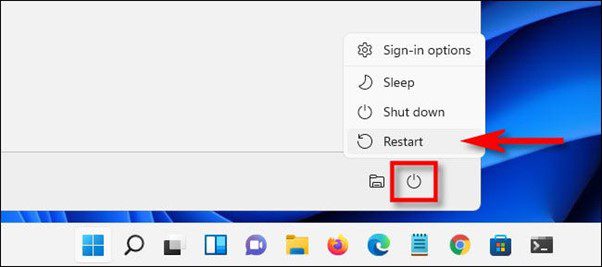
Click The Restart Button
Adjust Display Settings
The display settings in Windows 11 give you the freedom to mutate your screen’s resolution, scaling, orientation, and multi-monitor configurations. You can organize how content is presented on your screen using these settings. Changing the display settings can solve the issue if Windows 11 is not displaying in full size on your monitor. You can check that the scaling and resolution options are correctly set to match the capabilities of your monitor by gaining access to these settings. The screen might not fill the entire display area due to improper configurations like low resolution or scaling.
Step 1. Right-click desktop > Select “Properties” (Windows 11).
Step 2. Select “Display settings”.
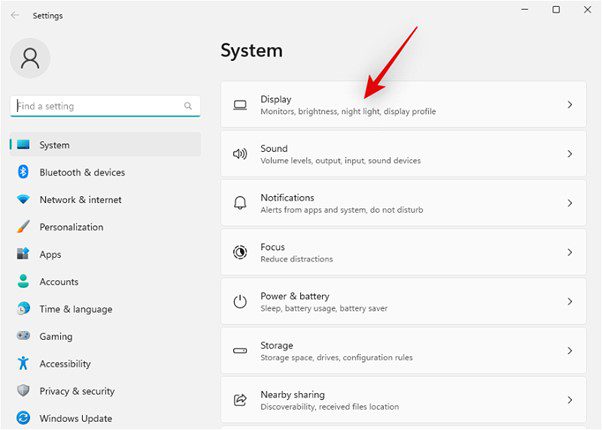
Click On the Display Tab
Step 3. Ensure the “Scale and layout” option in the display settings window is 100%.
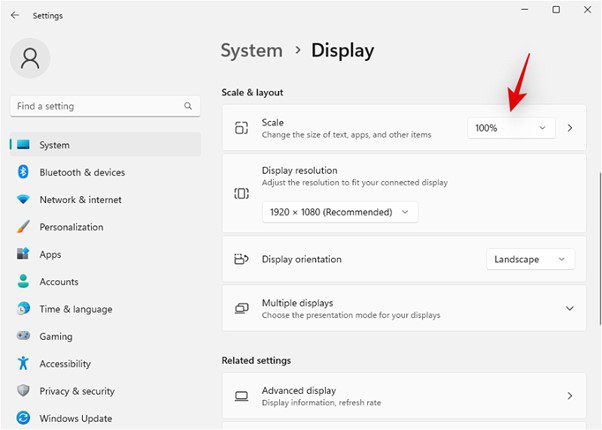
Set Scale To 100 Percent
Step 4. Adjust resolution to match monitor for full-screen display.
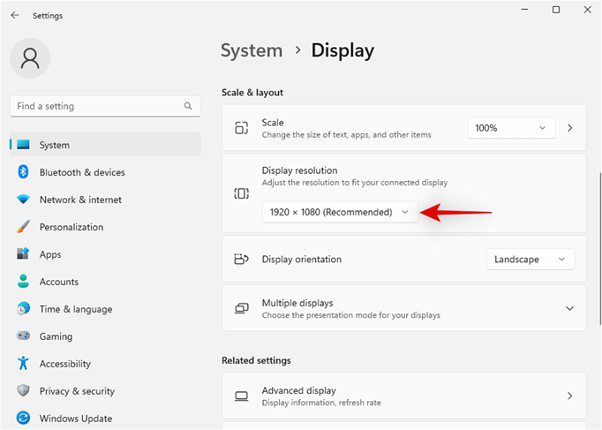
Adjust the Resolution
Nvidia Control Panel Usage
The graphics card Control Panel, such as Nvidia, is a powerful software application that offers extensive customization options. This tool allows users to adjust screen resolution and scaling options tailored to their specific graphics card model. Users can optimize display settings by accessing the Control Panel to ensure a seamless, immersive full-screen experience. Furthermore, the Control Panel provides additional capabilities such as managing multiple monitors, fine-tuning color settings, etc.
Step 1. Right click on desktop. Then, choose “Nvidia Control Panel”.
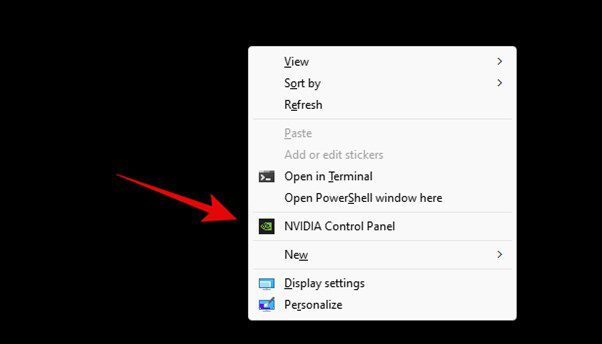
Right Click on Desktop
Step 2. Navigate to the “Display” category or tab in the Nvidia Control Panel.
Step 3. In the “Display” menu, navigate to Adjust Desktop Size and Position and click on it.
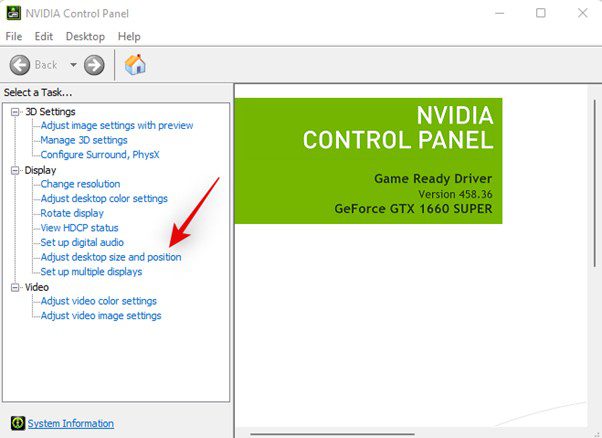
Click on Adjust Desktop Size And Position
Step 4. Mutate the screen resolution to the desired value corresponding to your monitor’s limitations, and ensure the scaling setting is upsampled to 100% for a full-screen display.
Reconfigure or Reinstall Graphic Card Drivers
Graphic card drivers are software components that allow communication between an operating system and a computer’s graphics card. These drivers make rendering and displaying graphics on the monitor easier, ensuring smooth performance and the best use of the graphics card’s capabilities. Outdated or corrupted drivers can cause compatibility issues or prevent the graphics card from functioning properly. You can resolve the issue of Windows 11 not fitting on the screen by reconfiguring or reinstalling the graphics card drivers and ensuring proper graphics card utilization.
Step 1. On your Windows 11 computer, go to the Device Manager.
Step 2. Expand Display Adapters in Device Manager.
Step 3. Select the option to update the driver by right-clicking on the specific display adapter you want to update.
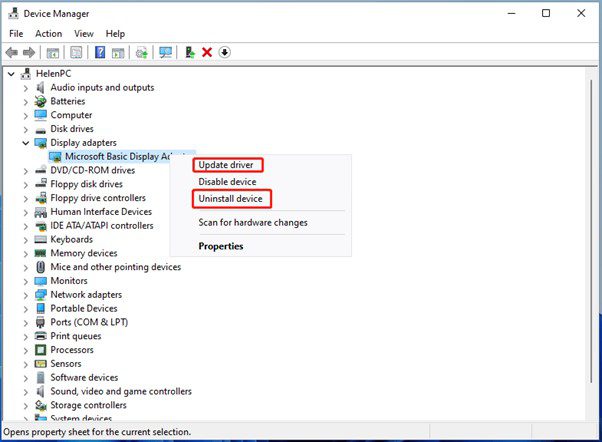
Click on Update the Drive
Step 4. To finish the driver update process, follow the on-screen instructions.
Disable Game Mode
Game Mode is a Windows 11 feature that optimizes system performance while playing games by allocating more system resources to the game and minimizing background processes. Disabling Game Mode may help to eradicate the hurdle of Windows 11 not fitting on the screen by removing any conflicts or interference caused by the Game Mode feature. Enabling Game Mode may occasionally change certain display settings, such as screen resolution or scaling, resulting in the screen not filling the entire display area. However, it may impact gaming performance.
Step 1. By clicking on the Start button and selecting the Settings icon from the dropdown options, you can access the Windows 11 Settings.
Step 2. Click on the “Gaming” category from the left options navbar in the Settings window.
Step 3. On the left-hand side navbar, select “Game Mode.”
Step 4. Toggle the “Use Game Mode” switch to the off position in the Game Mode settings.
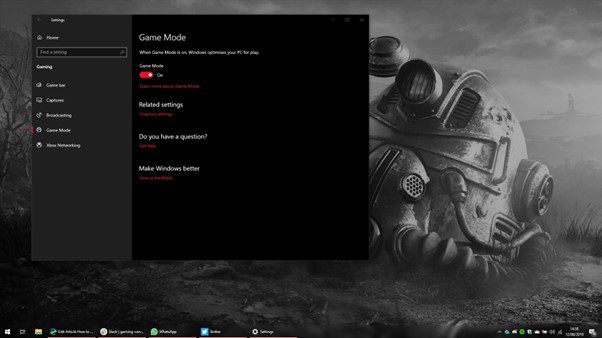
Turn off Game Mode
OS Update/Reinstall
Reinstalling or updating the operating system (OS) can be crucial in resolving various computer issues. However, over time, the OS files can become corrupted or damaged, leading to problems such as system crashes, slow performance, or compatibility issues. You can replace these problematic files with fresh copies by re-instantiating or updating the OS. It is important to exercise caution during this process as it may involve backing up important data and reinstalling necessary software.
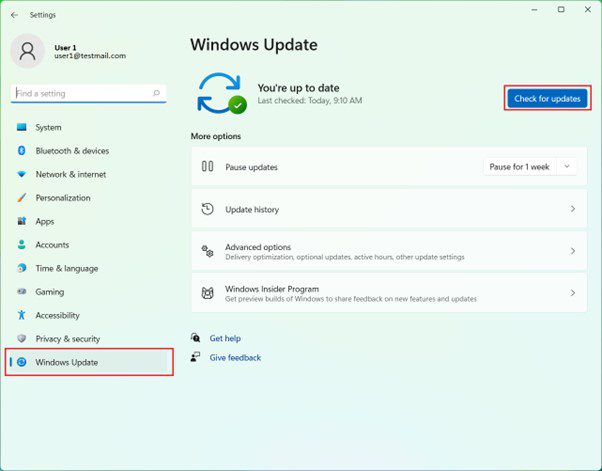
Click on Check For Updates
Step 1. From the Start menu, select Windows 11 Settings.
Step 2. In the Settings menu, select “Update & Security.”
Step 3. Choose “Windows Update” from the available options.
Step 4. To ensure Windows 11 compatibility, click the “Check for updates” button.
Faqs About Windows 11 Monitor Displaying
Are you still doubtful? Worry no more, as this section will answer some of the commonly asked questions to help you overcome any ambiguity and get a better grasp of the topic, so let us dive into the questions:
How to get rid of black bars on my monitor Windows 11?
Follow the steps below to remove the black bars on your Windows 11 monitor:
Step 1. Right-click desktop > “Display settings.”
Step 2. Adjust resolution and aspect ratio.
Step 3. Select appropriate settings if needed.
How do I fix my Windows 11 monitor aspect ratio?
Follow the steps below to adjust the aspect ratio of your Windows 11 monitor:
Step 1. On the desktop, “Right-click” > “Display settings.”
Step 2. Now, mutate two things, aspect ratio, and resolution.
Step 3. Select the native aspect ratio of your monitor or update your graphics driver if necessary.
Why is my monitor not extending to the edges?
Encountering the problem of your Windows 11 monitor not extending to the edges can be caused by various factors:
- Improper display settings.
- Incompatible drivers.
- Outdated OS.
Final Thought
In conclusion, the issue of Windows 11 not fitting properly on your monitor can be an exasperating experience, limiting your ability to utilize and appreciate the display fully. However, this article thoroughly addresses this problem, presenting six effective solutions to fix Windows 11 monitors. If you found this information helpful, please share your feedback below, and feel free to inform your friends about it.


